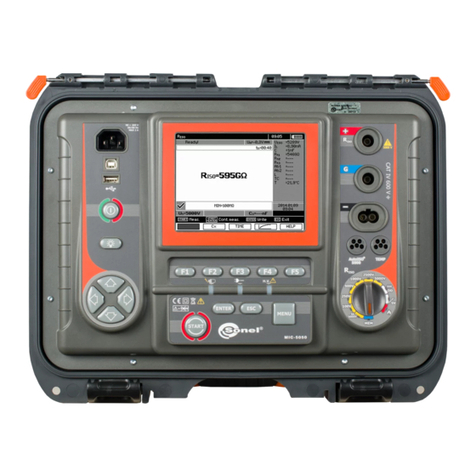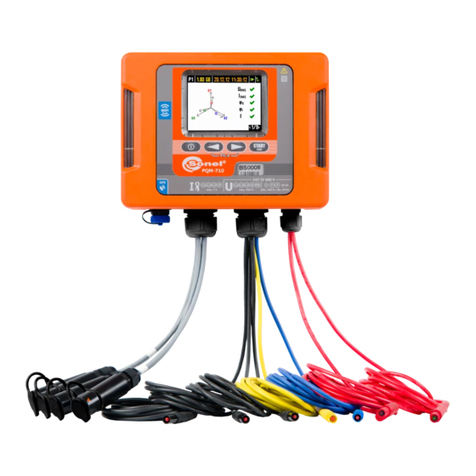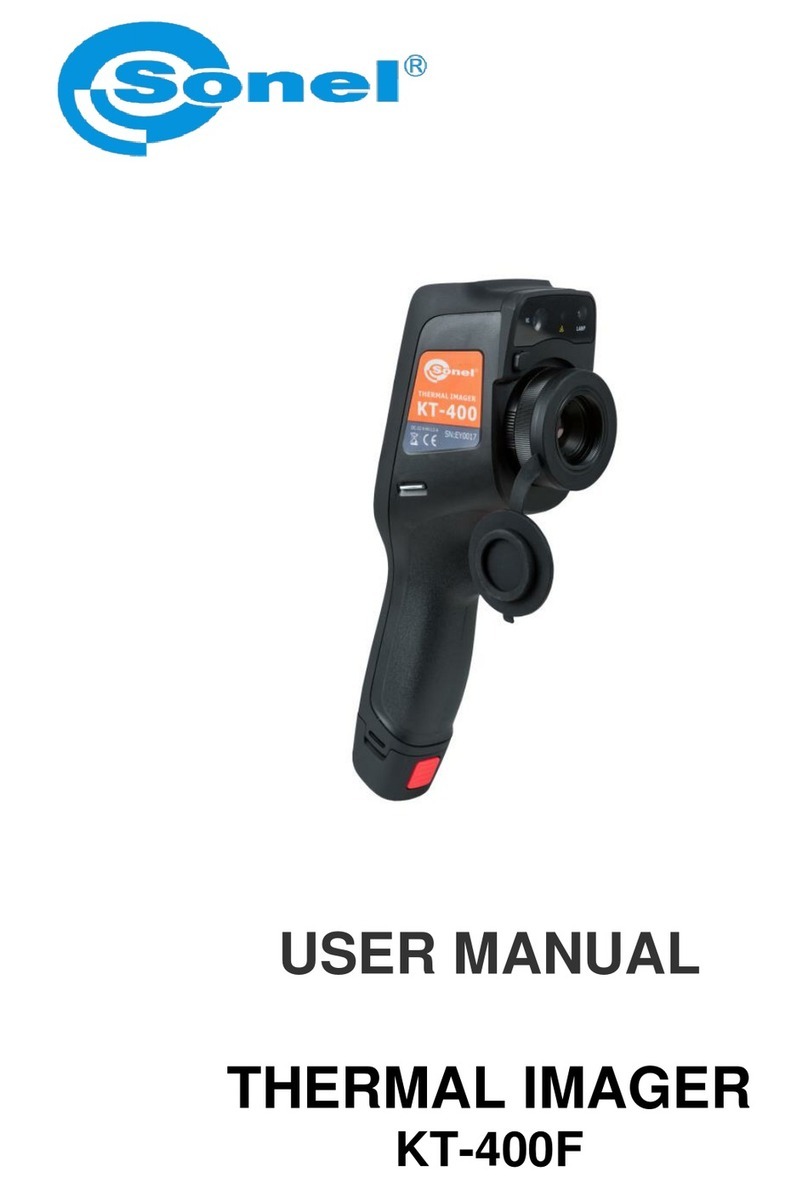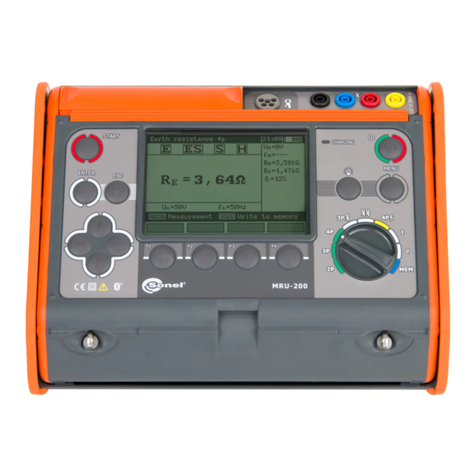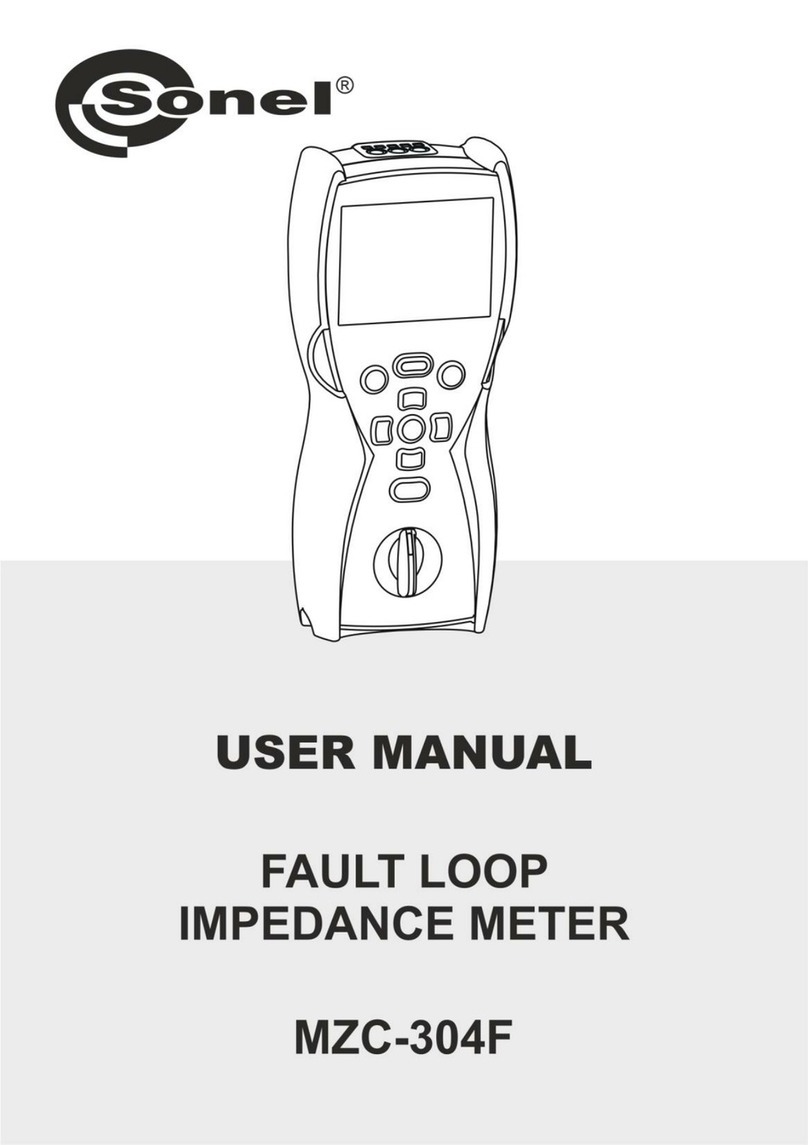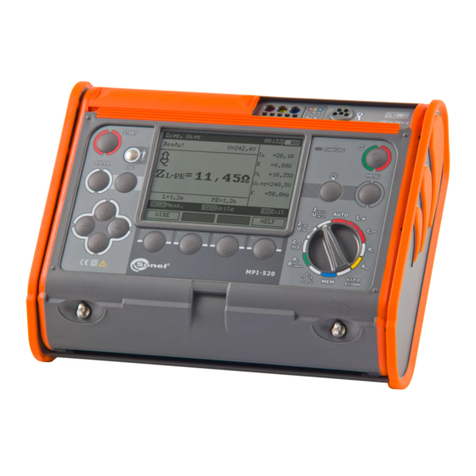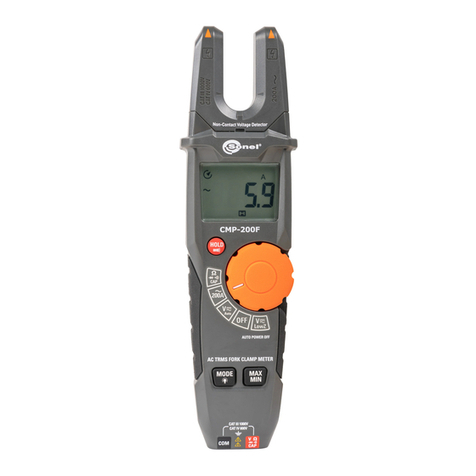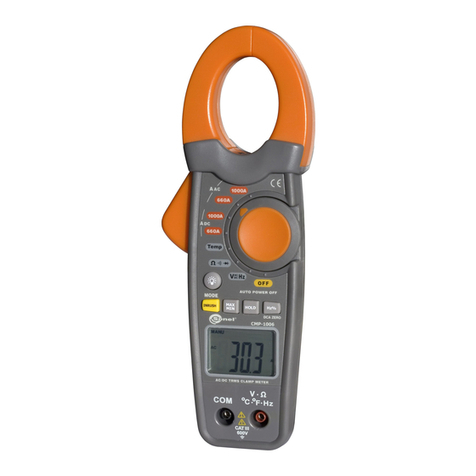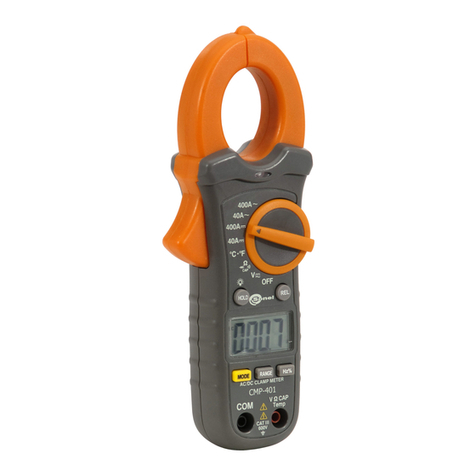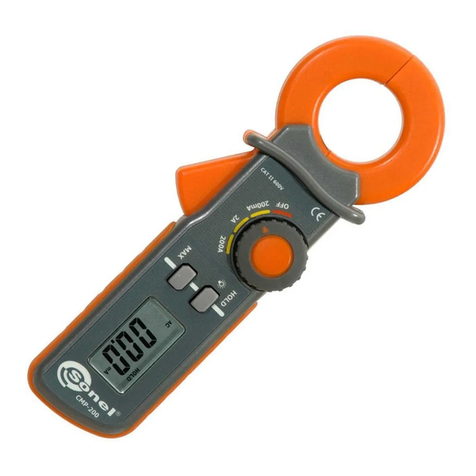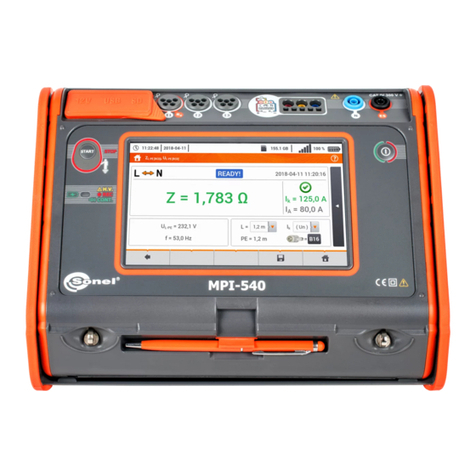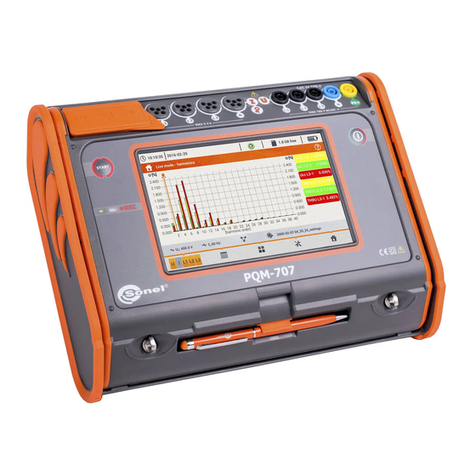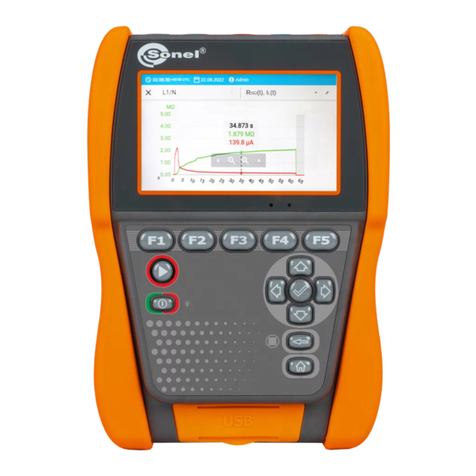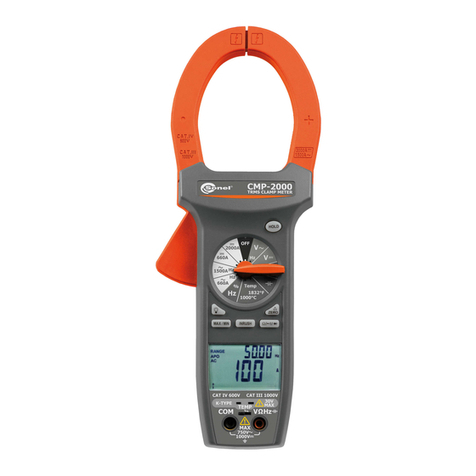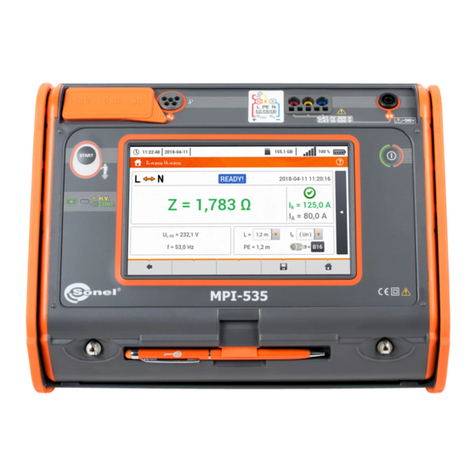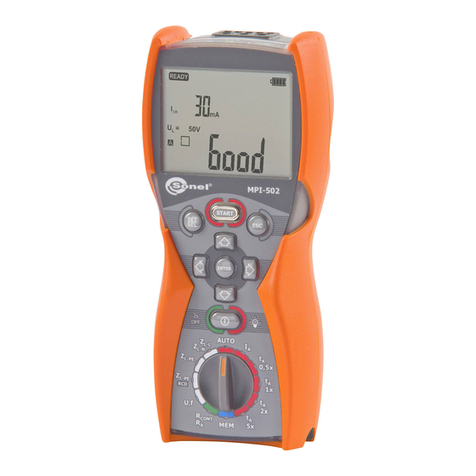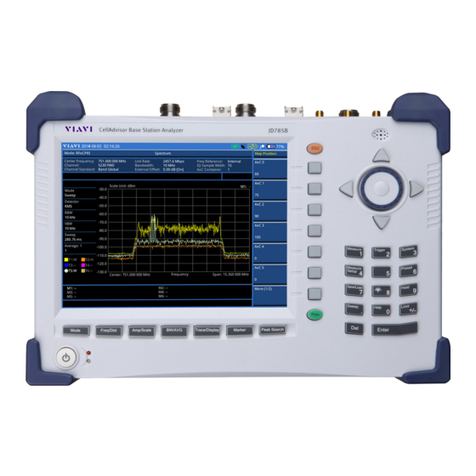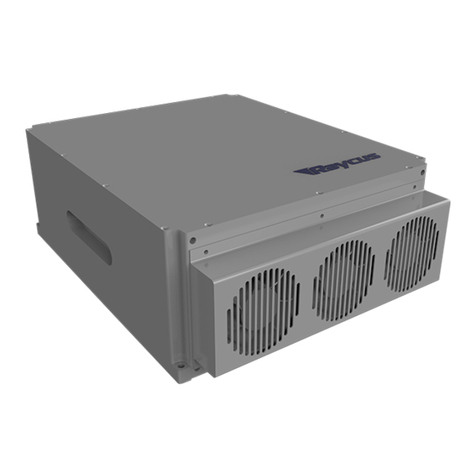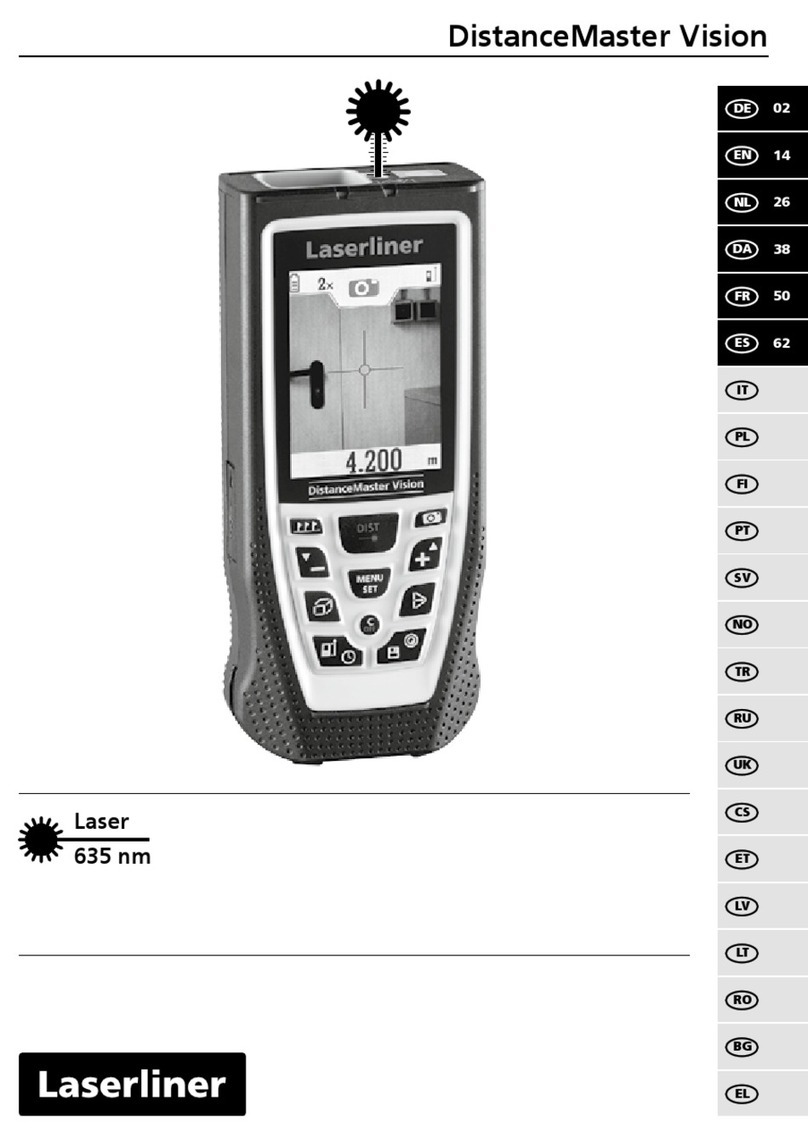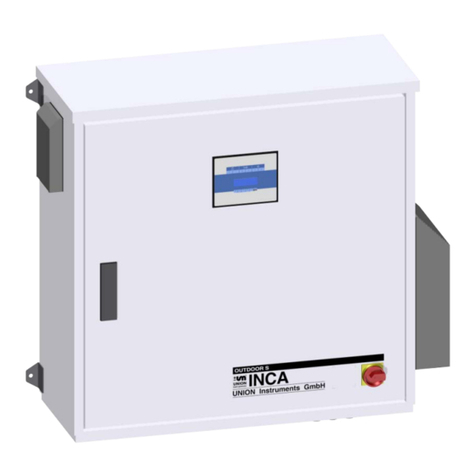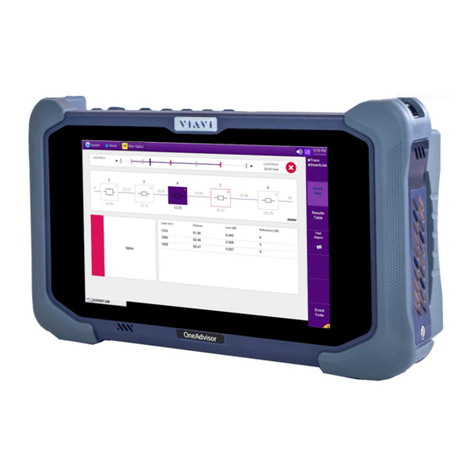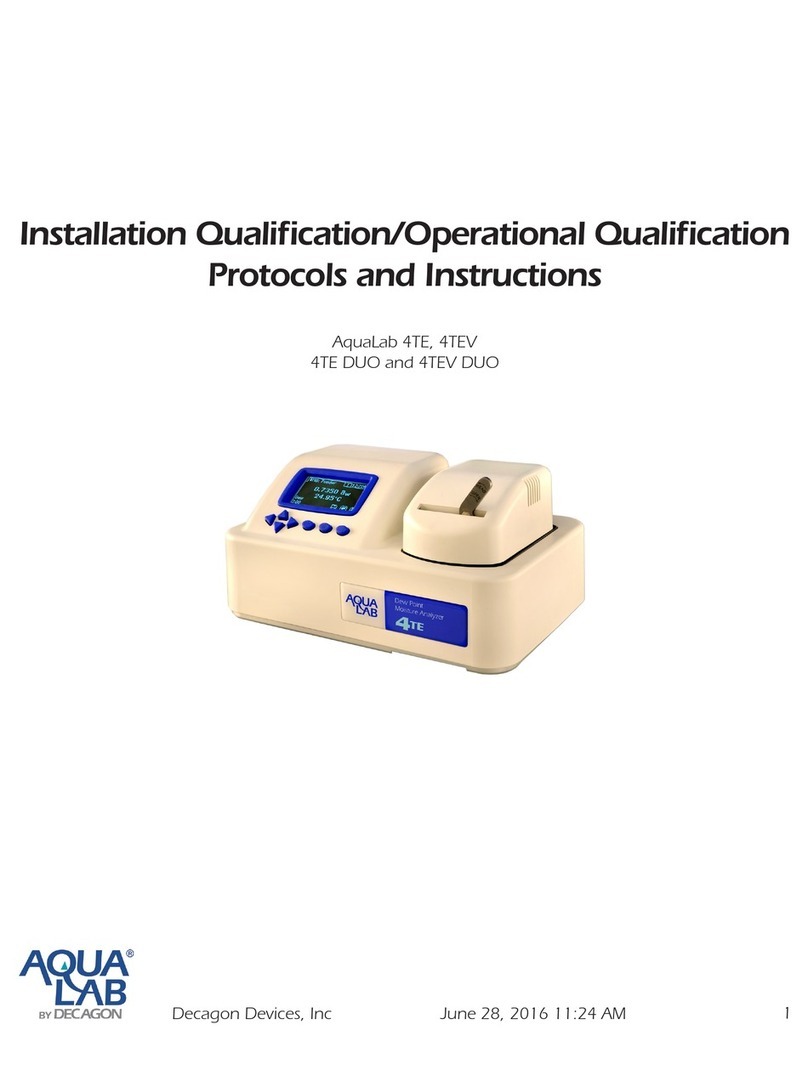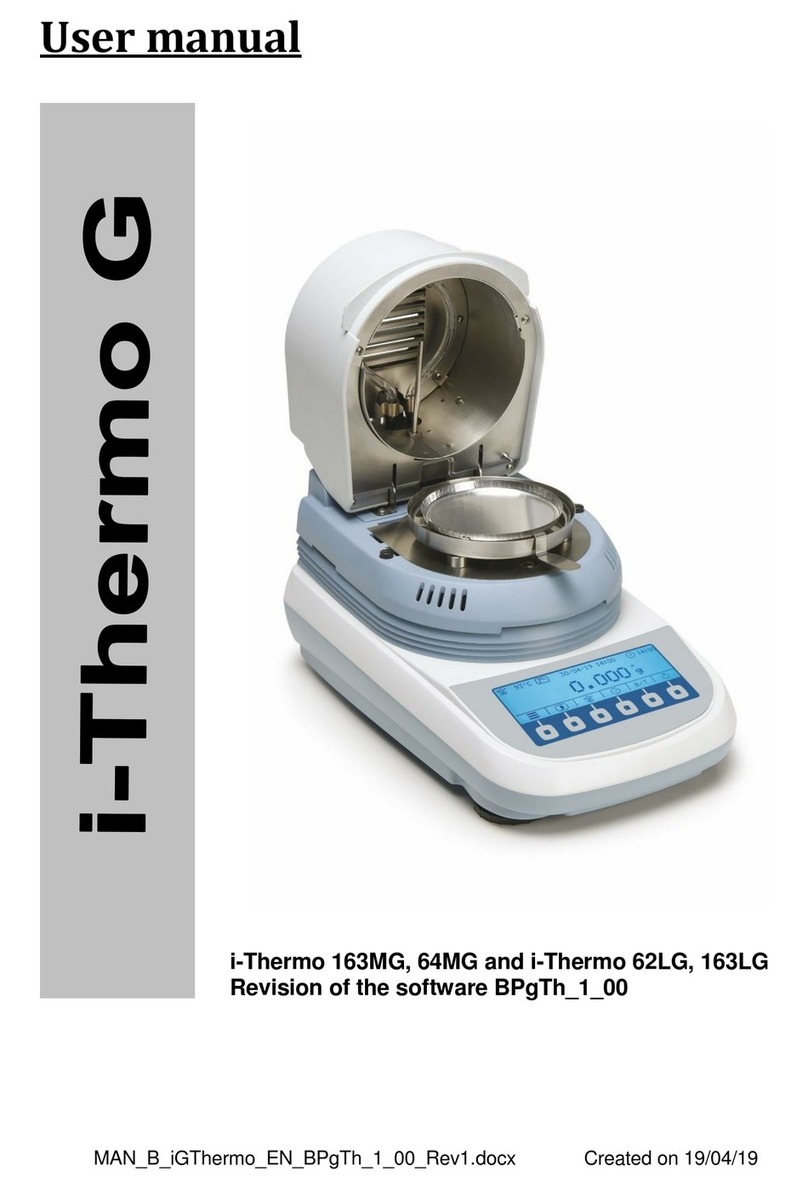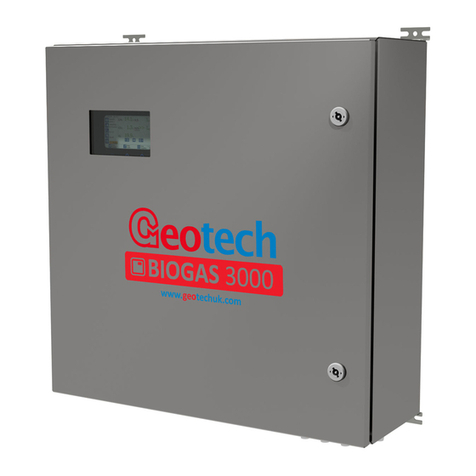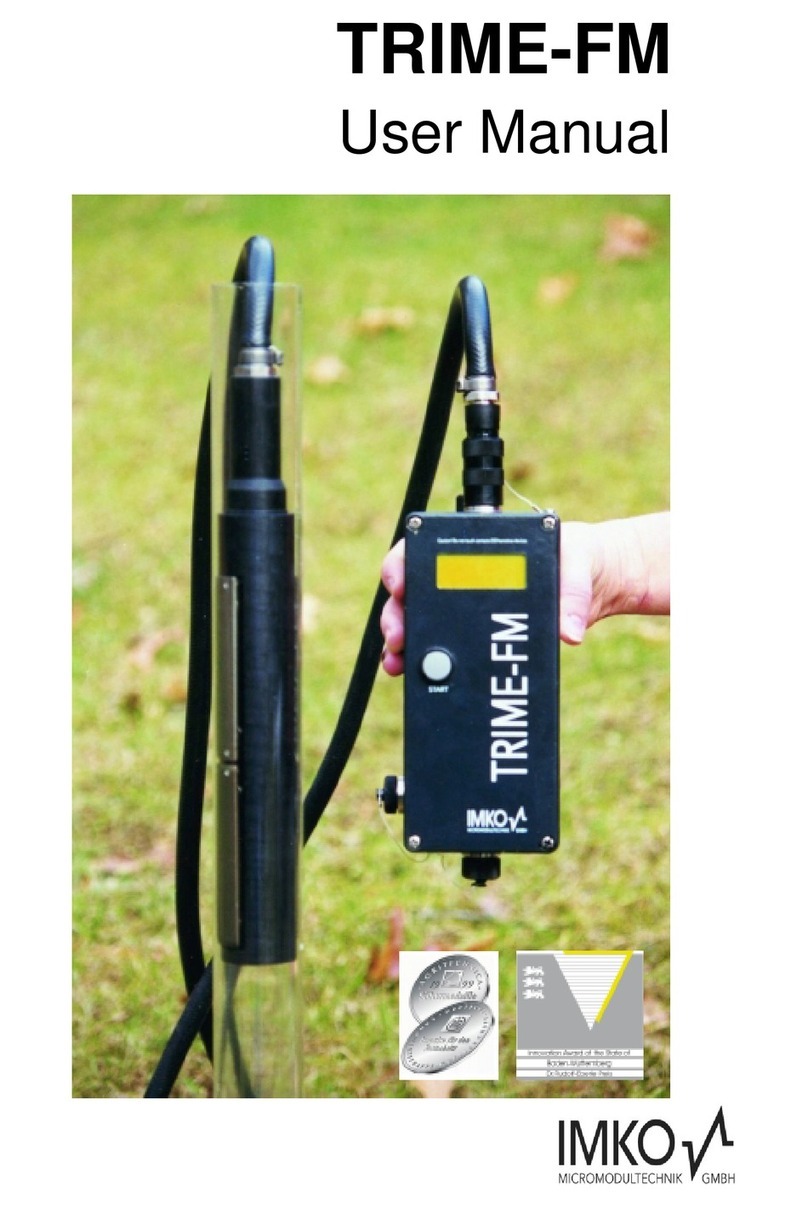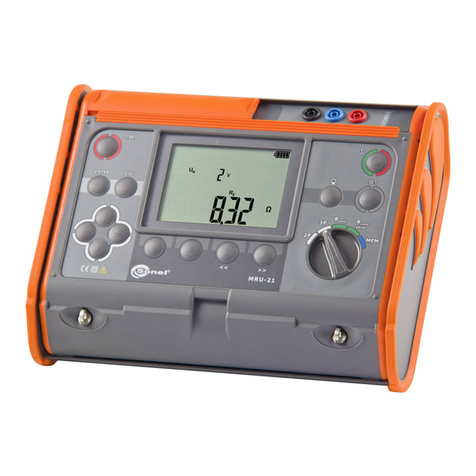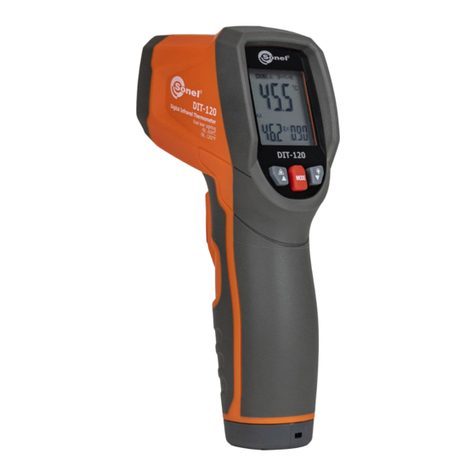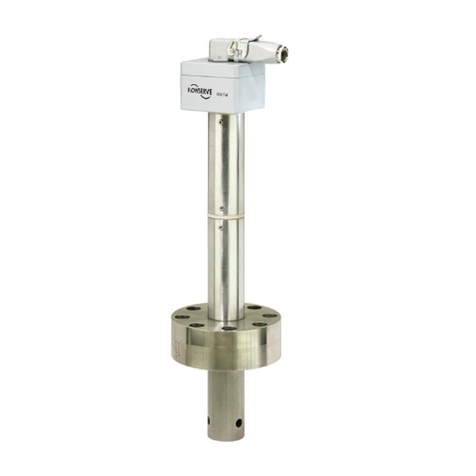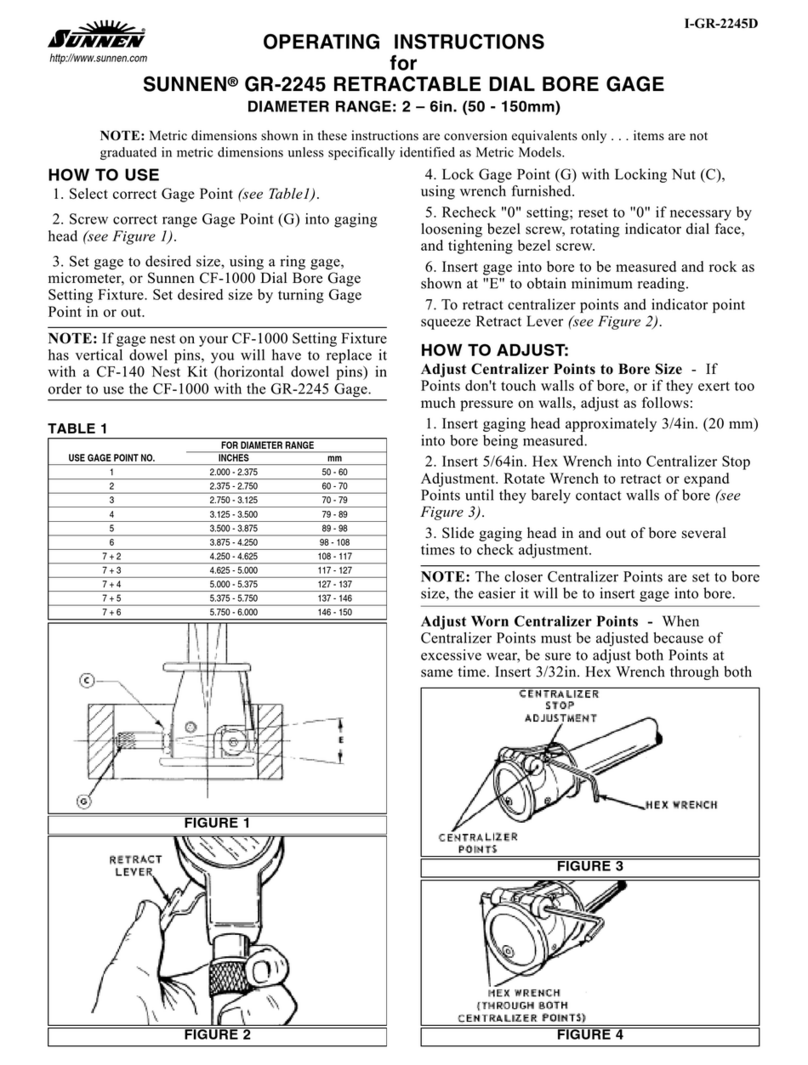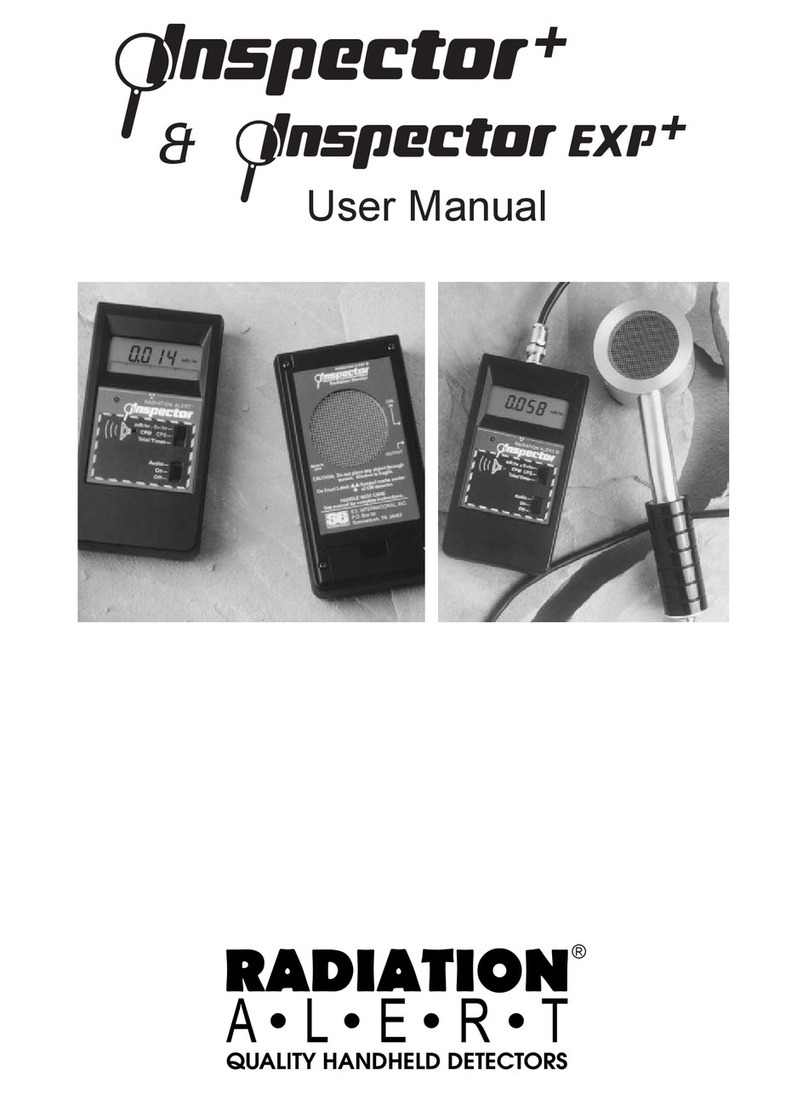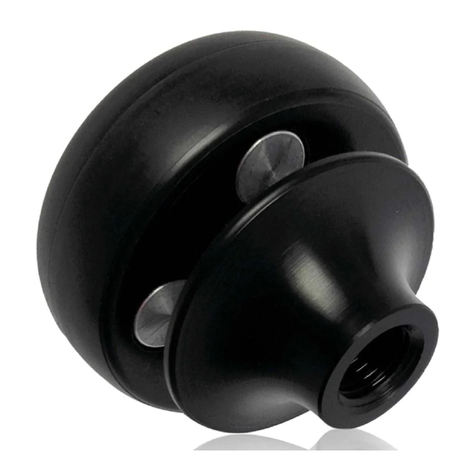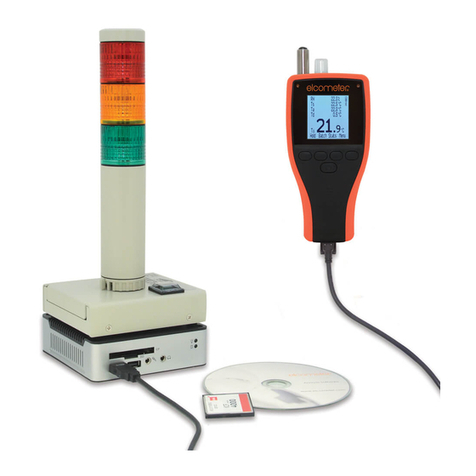CONTENTS
1SAFETY....................................................................................................................5
2MEASUREMENTS..................................................................................................6
2.1 SELECTION OF GENERAL MEASUREMENT PARAMETERS.........................................6
2.2 REMEMBERING THE LAST MEASUREMENT RESULT ................................................7
2.3 MEASUREMENT OF ALTERNATING VOLTAGE .........................................................8
2.4 CHECKING THE CORRECTNESS OF PE (PROTECTIVE EARTH)CONNECTIONS...........8
2.5 MEASUREMENT OF FAULT LOOP PARAMETERS ......................................................8
2.5.1 Selection of measurement parameters ...........................................................9
2.5.2 Prospective short-circuit current.................................................................10
2.5.3 Measurement of fault loop parameters in the L-N and L-L circuits ............11
2.5.4 Measurement of fault loop parameters in the L-PE circuit .........................13
2.5.5 Measurement of short circuit loop impedance in L-PE circuit protected with
a residual current device (RCD)..................................................................14
3MEMORY OF MEASUREMENT RESULTS.....................................................17
3.1 STORING THE MEASUREMENT RESULTS DATA IN THE MEMORY ...........................17
3.2 VIEWING MEMORY DATA.....................................................................................19
3.3 DELETING MEMORY DATA...................................................................................20
3.3.1 Deleting bank data.......................................................................................20
3.3.2 Deleting the whole memory .........................................................................21
3.4 COMMUNICATION WITH PC.................................................................................22
3.4.1 Set of accessories to connect the meter to a PC ..........................................22
3.4.2 Data transmission........................................................................................22
3.4.3 Software update...........................................................................................23
4TROUBLESHOOTING.........................................................................................24
5POWER SUPPLY OF THE METER...................................................................25
5.1 MONITORING OF THE POWER SUPPLY VOLTAGE...................................................25
5.2 REPLACING BATTERIES (RECHARGEABLE BATTERIES).........................................25
5.3 CHARGING RECHARGEABLE BATTERIES...............................................................26
5.4 GENERAL RULES OF USING THE NICKEL METAL HYDRIDE (NI-MH) BATTERIES..27
6CLEANING AND MAINTENANCE....................................................................28
7STORAGE ..............................................................................................................28
8DISMANTLING AND DISPOSAL.......................................................................28
9TECHNICAL SPECIFICATIONS .......................................................................29
9.1 BASIC DATA ........................................................................................................29




















